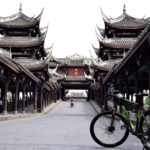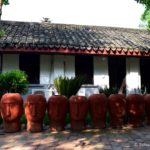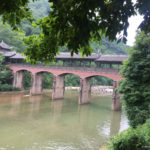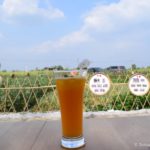Driving 200 kilometers southeast of Chengdu, takes you to the lovely city of Zigong – a unique, beautiful city, with a wealth of history, some of the best food in Sichuan and a plethora of gems to discover for the interested traveller. Before visiting, I didn’t know much about the place, besides that it was famous for dinosaurs and that my Chengdu friends would rave about the local food. On a trip with Sichuan Adventure, I was soon to discover that little visited Zigong punches well above its weight – made famous for its history, the city also boasts excellent tea houses, a stunning Buddhist Nunnery, beautiful scenery and an authentic Ancient Town.
Zigong : Home of the Dinosaurs
Did you know that over 240 million years ago, the Sichuan Basin was still a vast ocean?
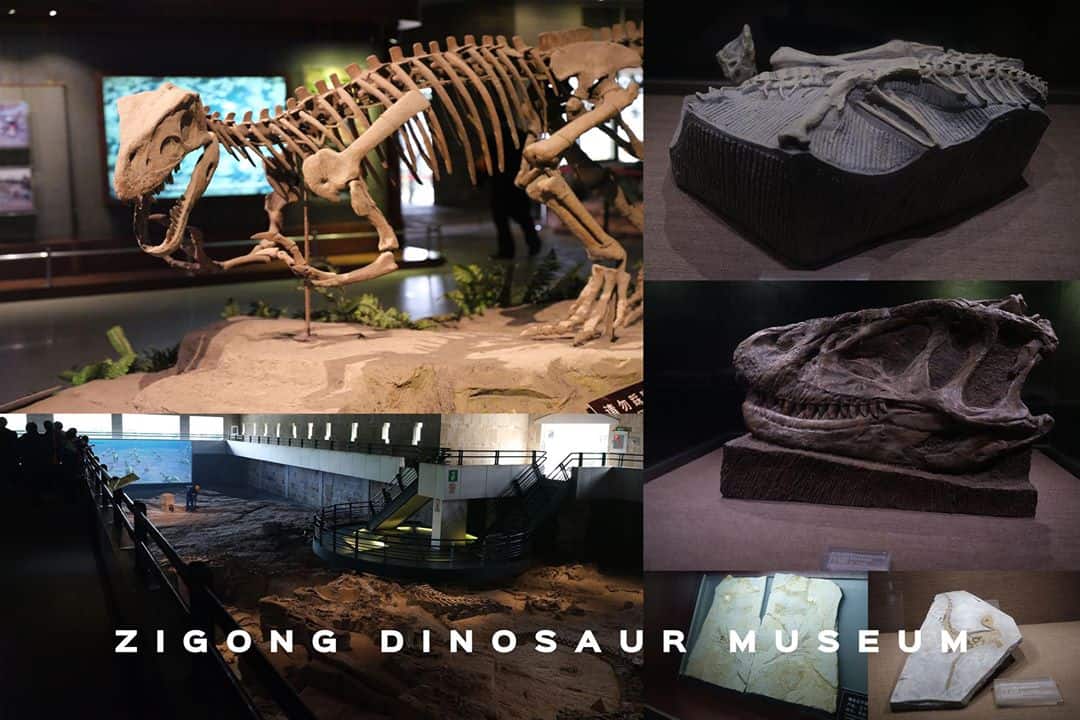
Over time the land changed, leaving large salt and mineral deposits and forming the perfect habitat for dinosaurs during the Jurassic period. The result of this, plus some odd theories regarding their extinction, is one of the largest concentrations of fossilised dinosaur bones in the world. Walking into the Dinosaur Museum you are soon greeted by a large, open, archaeological pit. Interested in fossils or not, the large concentration of bones is mind bending and, for me, it is a Terracotta Warriors equivalent. Adjacent to the pit is a large room with complete skeletons, bringing the fossils you’ve just seen emerging from the earth, to life. Many new species were discovered here, including the aptly named Szechuanosaurus. The fact that the local government has placed life size dinosaur models around road sides, in and outside of the city, adds to the charm.
Zigong : The Salt City
The geological history of Zigong not only provided the city with one of the world’s most impressive archaeological sites, it also left huge subterranean reserves of salt water and natural gas. This has led to a remarkable salt mining history, reaching back around 2000 years. In fact, the mining processes invented in Zigong were observed, and taken, by Americans during the early 1800s, facilitating the boom of the oil industry. The site of world’s first man made well with a depth of over 1000m, is still in use and very worthy of a visit. The Shenhai Well, built in 1835, is now kept as a museum demonstrating the processes involved in mining and salt production. It is a mind-boggling example of ingenuity, as the 1000m well has a diameter of only 11cm. Situated at the back, there is a traditional building with several ‘brine burners’, bubbling away.

To learn more about the history, take yourself to Zigong’s Salt Museum, housed in what used to be the meeting place for Salt Merchants. The exhibitions are great. However, constructed in 1736, the building alone is worth a visit. It is extremely beautiful with detailed stone and wooden carvings throughout.

It is well preserved and a rare example of old architecture that has withstood the trials of Chinese history. This is no accident – Warlords went to great lengths to protect the building during the Chinese Civil War in the early 1900’s and, during the Cultural Revolution, an ingenious local teacher, who loved the building, covered it in Mao’s writings, thereby saving it to be enjoyed today. See if you can find one of its modern protectors, the museum’s guard, to learn more about the building’s history. It is a true treat to sit and listen to him recount stories, accumulated from his life and extensive research.
One of China’s Best Tea Houses & A Nunnery in Zigong
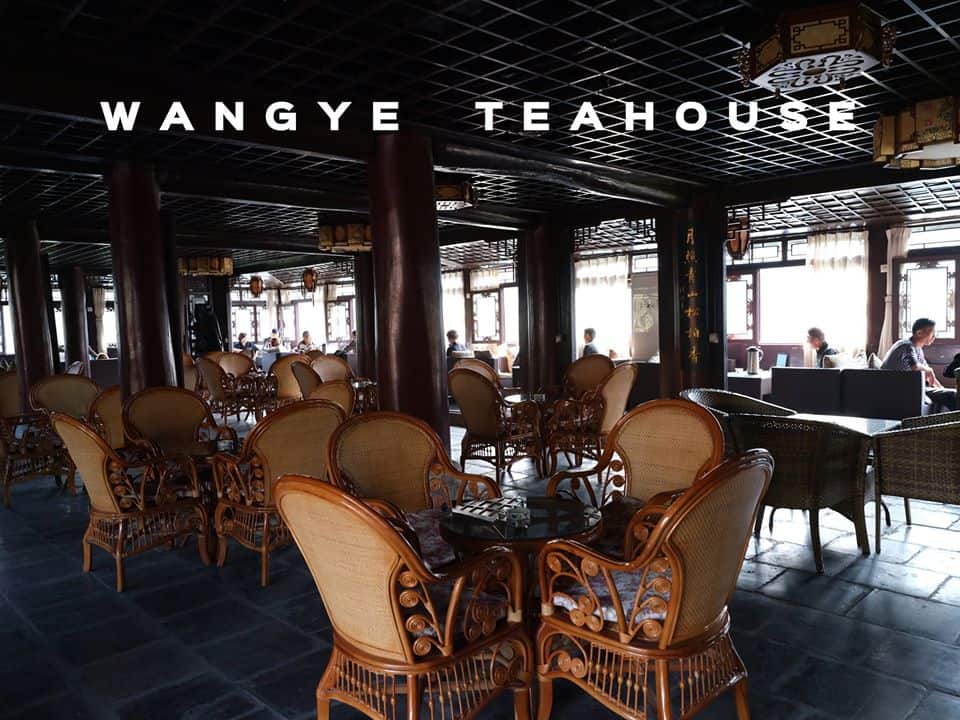
A short journey from the Salt Museum takes you to the river and a superbly beautiful tea house. The BBC posits the Wangye Teahouse as the best in Sichuan. Perched above the river in a repurposed 100 year old temple, it is the perfect place to unwind and refuel. Looking across the river, you will notice a beautiful Monastery set into the hillside and, once your curiosity has peaked, you can make your way down to a small dock and be rowed across to the opposing shore to have a look.
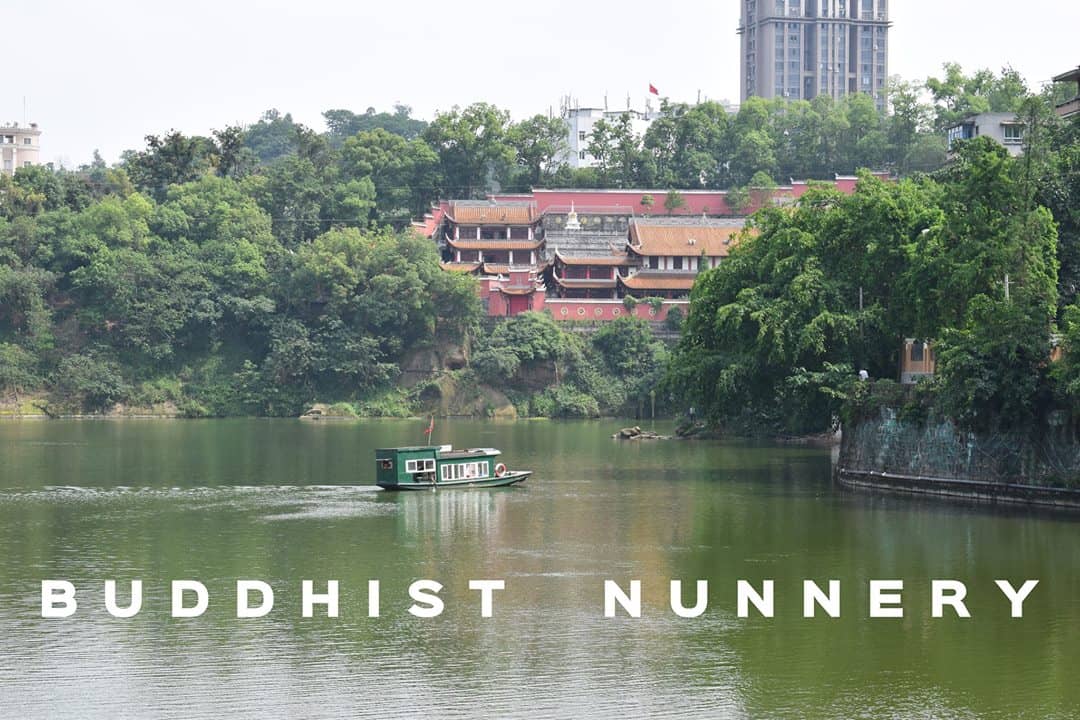
The Monastery, in fact, is an incredibly ornate Nunnery and rises, in tiers, up the hillside, eventually providing a beautiful view of the river and city. Next door is one of the most interesting hotels I have encountered in China. The 100-year-old building used to house the first Mayor of Zigong, when the city was officially founded in 1939. It has now been refurbished into a beautiful boutique hotel. With rooms going for a reasonable price, if you are going to stay anywhere in Zigong, you want it to be here.
Xianshi Ancient Town: A True Ancient Town at Zigong
For anyone at all familiar with travel in China, the words ‘Ancient Town’ are often synonymous with tourist trap. Not so with Xianshi Ancient Town. A short drive outside of the city, through a road which winds alongside the river through small hamlets, giving you a glance of rural life, takes you to this hidden gem. Although it is definitely set up and ready for tourism, it is still relatively undiscovered and whilst you walk along the river bank to the town, the only company you’re likely to have, is the sound of birds from the trees above.
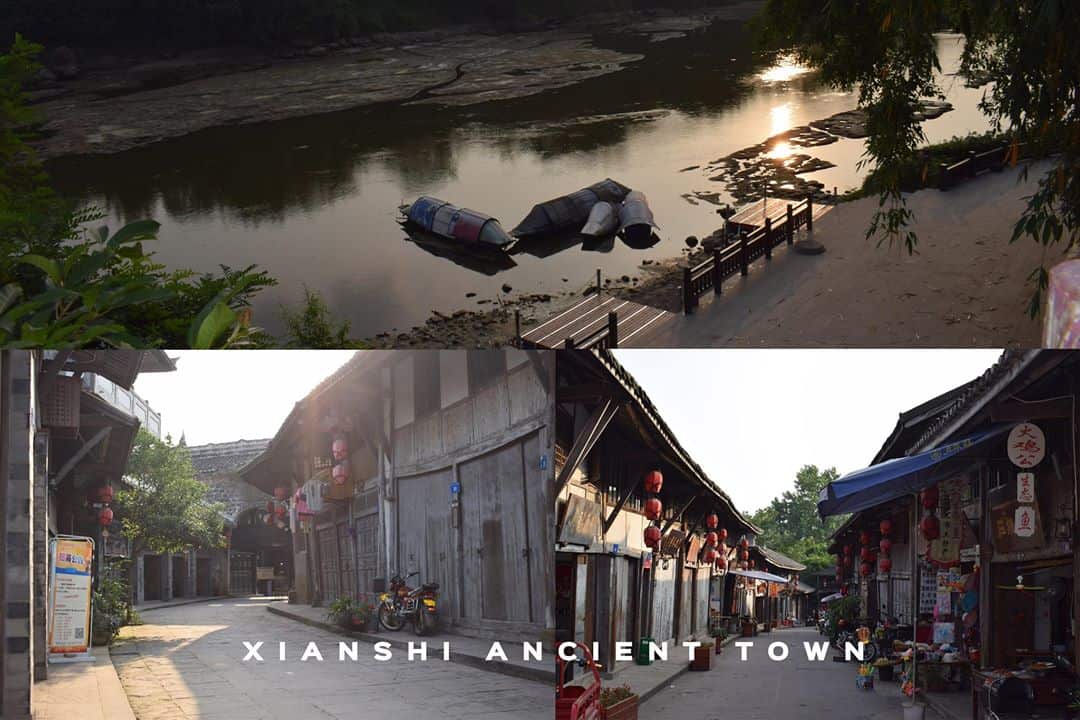
The old town itself is a series of alleyways permeating through traditional buildings, the odd Buddhist Shrine, or Temple, and the locals who live there going about their daily life. Nothing is ever too far away from Zigong’s history of salt and Xianshi was established 1400 years ago as a port servicing tradesmen. It now seems to have refocused its attention to brewing, holding an interesting Baijiu distillery and many of the shops dotted around sell small round balls of yeast, useful for brewing sticky rice wine and something that is difficult to find elsewhere.
Try and time your visit to coincide with the sun setting over the river – it is stunning and you might be lucky enough to see locals swimming out and laying nets for fish.

